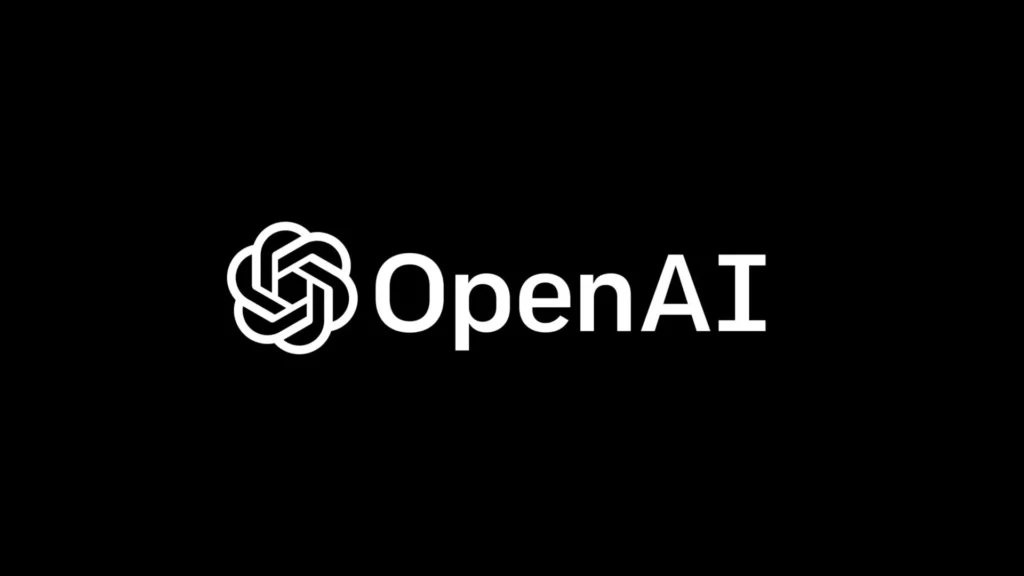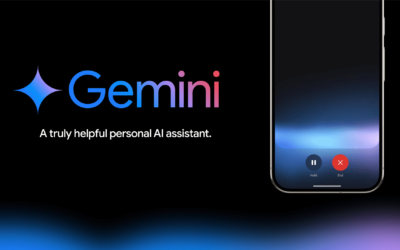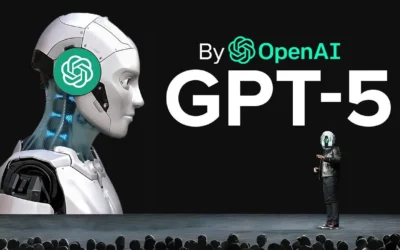OpenAI’s New Voice Mode: A Game-Changer for Conversational AI

OpenAI, a trailblazer in the field of artificial intelligence, continues to push the boundaries of what’s possible in human-computer interaction. With the introduction of its new voice mode, OpenAI is setting a new standard in the realm of conversational AI, making interactions with machines more natural, intuitive, and human-like than ever before.
The Evolution of Conversational AI
To appreciate the significance of OpenAI’s new voice mode, it’s essential to understand the journey of conversational AI. Early voice assistants, such as Siri, Alexa, and Google Assistant, laid the groundwork for voice-based interactions, but they were limited in their ability to understand and respond to complex queries. These systems relied heavily on pre-programmed responses and often struggled with the nuances of human speech, such as context, tone, and emotion.
OpenAI’s advancements in natural language processing (NLP) and deep learning have dramatically improved the capabilities of conversational AI. The company’s GPT models, including the groundbreaking GPT-3, have demonstrated a remarkable ability to generate human-like text, engage in meaningful conversations, and understand context in a way that was previously unimaginable. The introduction of voice mode is the next logical step in this evolution, bringing the power of OpenAI’s language models to spoken interactions.
How Voice Mode Works
OpenAI’s new voice mode leverages the same underlying technology that powers its text-based models, but with significant enhancements to accommodate the complexities of spoken language. Unlike text, spoken language involves additional layers of interpretation, including speech recognition, intonation analysis, and real-time response generation.
The voice mode uses advanced speech recognition algorithms to accurately transcribe spoken input, even in noisy environments or when faced with varied accents and dialects. Once transcribed, the input is processed by OpenAI’s language model, which generates a contextually appropriate response. This response is then converted back into speech using a text-to-speech (TTS) system, designed to produce natural, human-like voice output.
One of the most impressive features of OpenAI’s voice mode is its ability to maintain context over long conversations. This is crucial for creating a seamless, engaging experience that feels less like interacting with a machine and more like having a conversation with a knowledgeable human. Additionally, the system can detect and respond to changes in the user’s tone and mood, adjusting its responses accordingly to ensure a more personalized interaction.
Applications and Impact
The potential applications of OpenAI’s voice mode are vast and varied, spanning multiple industries and use cases. In customer service, for instance, voice mode can be integrated into call centers to provide more efficient and human-like interactions, reducing wait times and improving customer satisfaction. In education, it can serve as a personalized tutor, capable of engaging students in interactive lessons and providing instant feedback. Healthcare could also benefit, with voice mode assisting in patient consultations, offering advice, and even monitoring patient wellbeing through conversational interactions.
Moreover, OpenAI’s voice mode could play a significant role in accessibility, particularly for individuals with disabilities. For those who have difficulty typing or using traditional input methods, voice mode offers a more intuitive way to interact with technology. It could also aid those with speech impairments by offering customizable speech recognition and response systems tailored to individual needs.
Beyond these practical applications, voice mode opens up new possibilities for creative expression. Imagine interactive storytelling, where users can engage with AI characters in real-time, or gaming experiences that adapt dynamically to player interactions. The entertainment industry could see the rise of AI-driven virtual assistants, capable of holding complex conversations and even improvising in response to user input.
Challenges and Ethical Considerations
While the potential of OpenAI’s voice mode is immense, it also raises important ethical considerations. As AI systems become more adept at mimicking human conversation, the line between machine and human interaction could blur, leading to potential misuse or misunderstanding. For example, there are concerns about the potential for voice-based AI to be used in deepfakes or other forms of digital manipulation, where the AI’s ability to convincingly replicate human speech could be exploited for malicious purposes.
Privacy is another critical issue. Voice-based interactions often involve the collection of sensitive data, including personal information and conversations that users may consider private. Ensuring that this data is stored securely and used ethically is paramount. OpenAI has emphasized its commitment to privacy and security, but as voice mode becomes more widespread, ongoing vigilance will be necessary to protect user data.
Furthermore, there is the question of AI’s impact on employment. As voice mode and other AI technologies become more capable, there may be concerns about job displacement, particularly in fields like customer service, where AI could replace human workers. However, it’s also possible that new opportunities will arise, with AI serving as a tool to augment human capabilities rather than replace them entirely.
The Future of Voice Interaction
OpenAI’s new voice mode represents a significant leap forward in conversational AI, offering a glimpse into a future where human-computer interactions are as natural and intuitive as talking to a friend. As this technology continues to evolve, we can expect to see even more sophisticated and versatile applications, reshaping industries and enhancing everyday life.
However, with great power comes great responsibility. As OpenAI and other companies continue to develop and deploy voice-based AI, it will be crucial to address the ethical and practical challenges that accompany these advancements. By doing so, we can ensure that the benefits of this technology are realized while minimizing potential risks.
In conclusion, OpenAI’s voice mode is not just a new feature—it’s a transformative step in the ongoing journey of artificial intelligence. As it rolls out to users, it will undoubtedly change the way we interact with machines, opening up new possibilities for communication, creativity, and connection.






